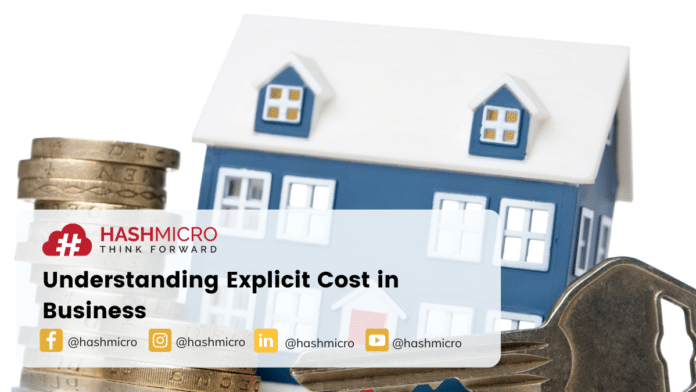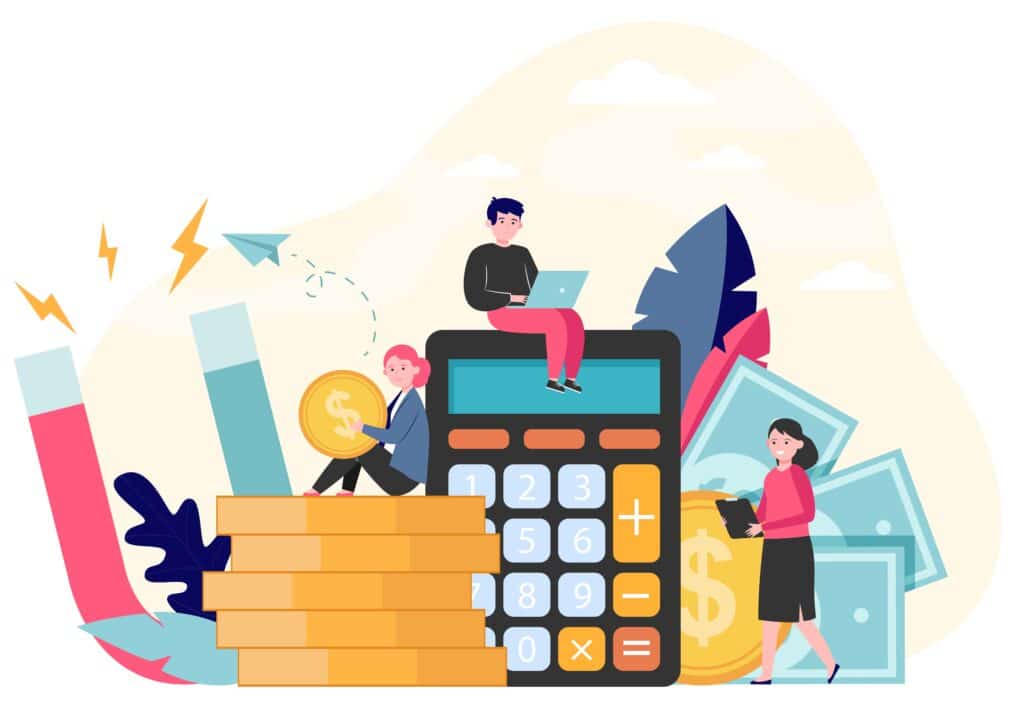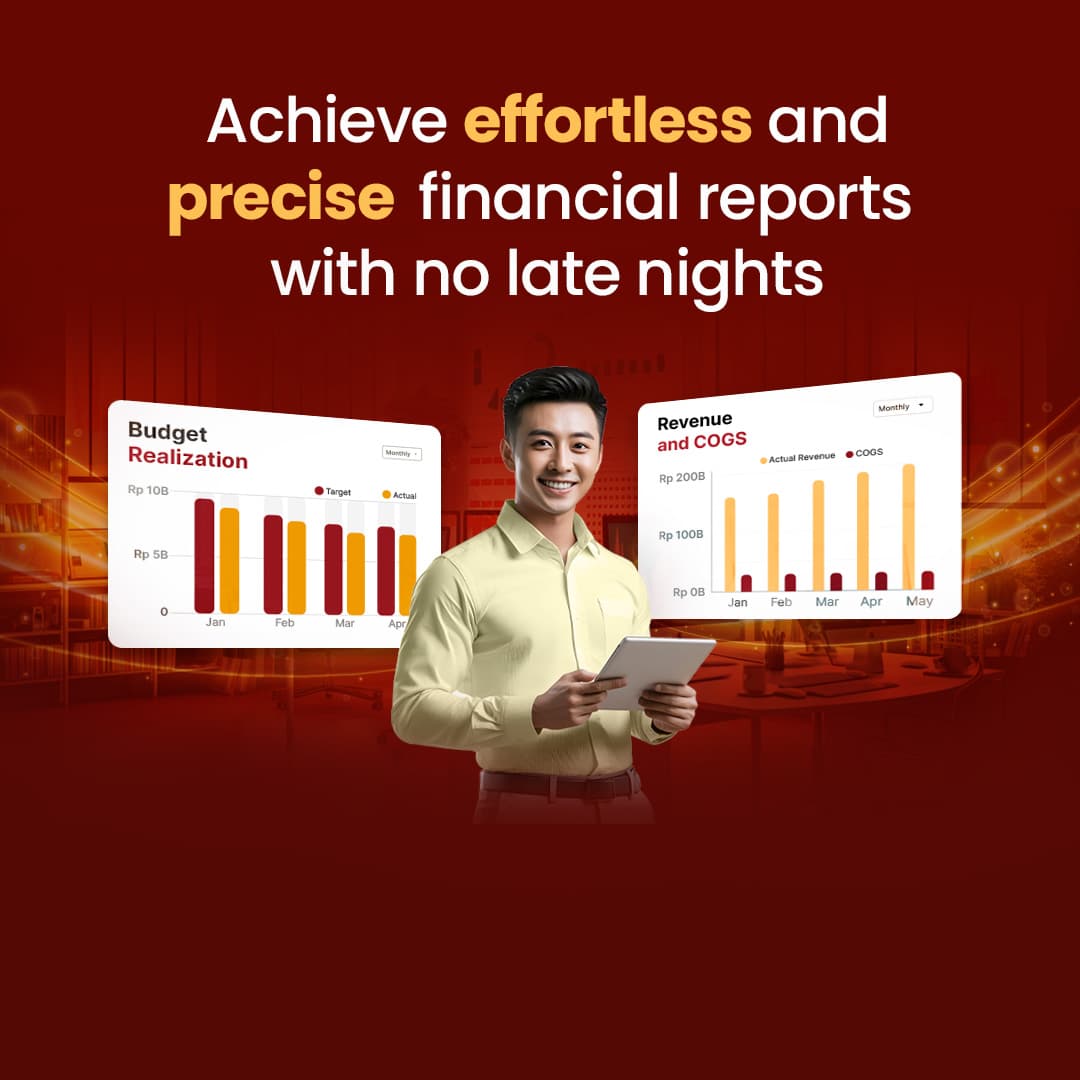In the operational process, businesses spend a lot of money to produce products or services. It is an explicit cost. It also relates to the production factors that the company has and has a direct impact on profitability. However, now you can use an ERP system to automate your business operational processes to run more efficiently. That way, the company’s explicit costs will also be controlled and will not exceed the limit.

Table Of Contents
Understanding explicit cost
This cost is in the accounting ledger and the company’s financial statements, such as the balance sheet and income statement. It also directly affects the company’s profitability. Some examples include wages, rent payments, utilities, raw materials, and other direct costs.
These costs, also known as accounting costs, are easy to identify and link to the company’s business activities. Net business income reflects the residual income that remains after paying all direct expenses. It is the only accounting cost required to calculate profit because it has a clear impact on company profits and helps in its long-term strategic planning.
Accounting profit and economic profit
In economics, there are two main types of costs for companies. The first is explicit costs. When looking at a company’s financial statements, a deduction will happen from the company’s revenue to get accounting profit for these expenses.
Second, there is an implicit cost. It is a factor in calculating a company’s economic profit. It is equivalent to accounting profit and reduces implicit costs. So the calculation of economic profit takes the firm’s revenue and subtracts both explicit and implicit costs.
The management of these two costs will certainly be easier if the company uses accounting software that is integrated with the sales management system, where the company could track the sales performance so that the management of these two costs will be calculated automatically and of course far from manipulation and human error.
Explicit cost vs. implicit costs
Here’s a comparison between the two costs:
The first cost involves more tangible assets and financial transactions that generate business opportunities. This species is easy to identify, record and audit because it has a track record. For example, it is a depreciation expense. It relates to the primary asset of the company.
In contrast, the definition of implicit costs is not specific as costs. It’s related to intangibles product or opportunity costs. An example of implicit cost is time consumption. It is how much time a business can use for different activities.
Also read: Cost Structure: Definition, Component and Example
Is it essential to know the explicit cost?
The total amount of implicit and explicit costs represent the total economic cost. It’s a company’s profits based on all expenses to achieve that income. When evaluating business operations, companies will use explicit costs to determine the profitability of the business. However, businesses typically rely on implicit costs for making a decision or when choosing between different options.
Conclusion
Explicit costs are easy to recognize and track because it is relatable to cash, and they can tangible. Carrying out these cost calculations proves to be very important as it helps in calculating profit, controlling costs, and making decisions. Accounting system will be handy for collecting all the data and elements needed in calculating explicit costs. You can start HashMicro’s Accounting Software demo for free now.



































